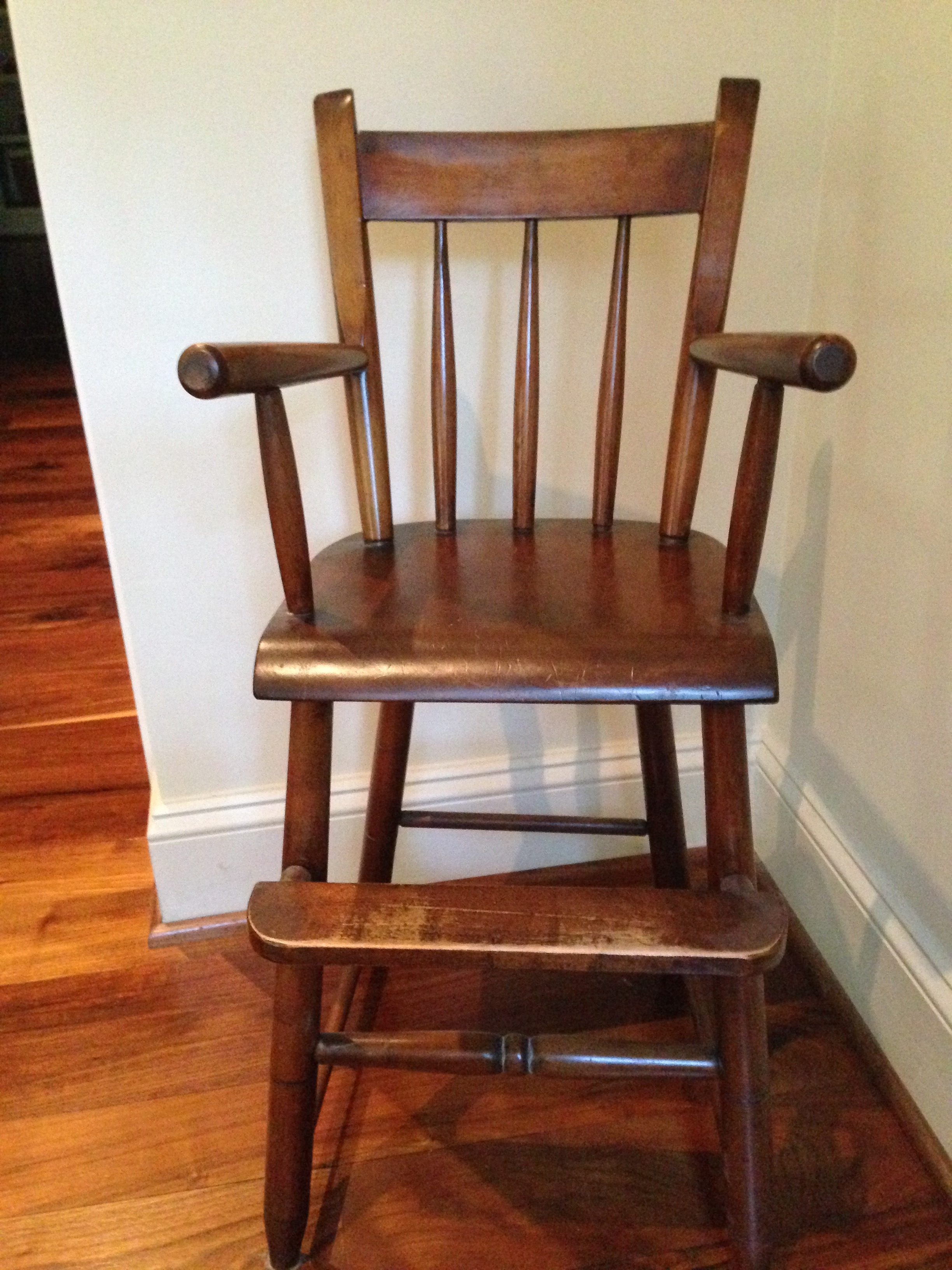Bunny Mellon- heiress, designer, and style maker was a noteworthy advocate of Wabi-sabi, or as she called it, imperfect perfection. And it’s a concept that merits consideration, especially for someone who has long worshiped at the altar of perfection.
Ms. Mellon had an appetite for objects whose most extravagant quality was often their simplicity. She knew what she loved and what she loved could be characterized by scale, proportion, and balance. In a word, she loved beauty. With unlimited resources, Mellon could have anything her heart desired. Apparently what she wanted were things that deflected rather than attracted attention. “Nothing should be noticed.” But for nothing to be noticed, one must be always attentive to the things that one hopes will not be noticed. It’s a great irony. To have it look like you’re flying at 36,000 feet, you have to get down in the weeds. The details matter. They enable the whole to be greater than the sum of its parts.
Mellon’s imperfect perfection, Wabi-sabi, (not to be confused with the incendiary mustard, wasabi) encompasses the Japanese aesthetic sensibility. It’s integral to things quintessentially Japanese, like Zen gardens, tea ceremonies, ikebana and bonsai. It’s where imperfection and transience are inevitable and intentional. Desired, not despised. To its adherents, Wabi-sabi awakens the senses and informs how we experience beauty.
The realization that perfection can masquerade as imperfection is something I guess I knew, but hadn’t articulated with any conviction. So for the record… Imperfection can be beautiful, particularly when it arises from fond use, not negligent abuse. Witness the well-loved Windsor high chair. The footrest is scuffed. The arm ends are worn from frequent run-ins with the table. But these and other imperfections mark this chair as perfect-a possession that was fondly used and is still loved.
This well-worn chair is a keeper of family memories and traditions. Like previous generations, we skipped the plastic highchair. From the time a child could sit upright (very young) until they grew too big (surprisingly old) this chair cozied up to the family dining table. There was no splat mat, no plastic bib, and no sippy cup. And to the surprise of many, we did very well. There were plenty of messes, but we carried on with the Windsor. Anyway, the messes were not the fault of the chair but of the chairs’ occupants. Chairs, plural. When the need arose (the first sitter was not ready to vacate his chair when the next sitter was ready for hers) a second Windsor chair was made. Its occupant spent nearly ten years (I told you, surprisingly old) making it as perfectly imperfect as the original. And because the chair was sturdy and handsome, there wasn’t a trace of embarrassment about learning long division, perched in a high chair.
Zen Masters and Bunny Mellon knew the wonders of imperfect perfection. We can too. A garden, a chair or something wholly different? Find the beauty in the imperfections in your life.

